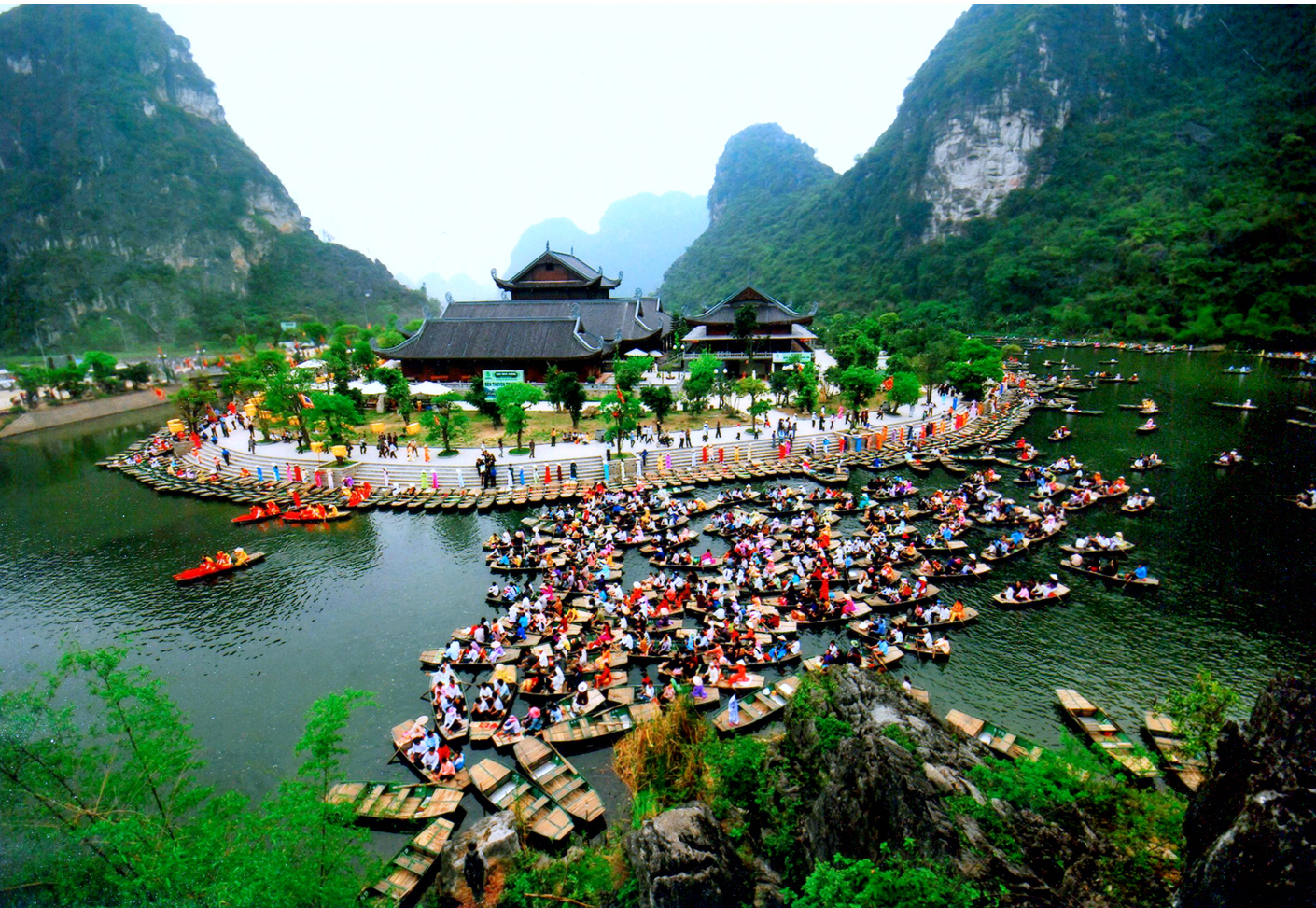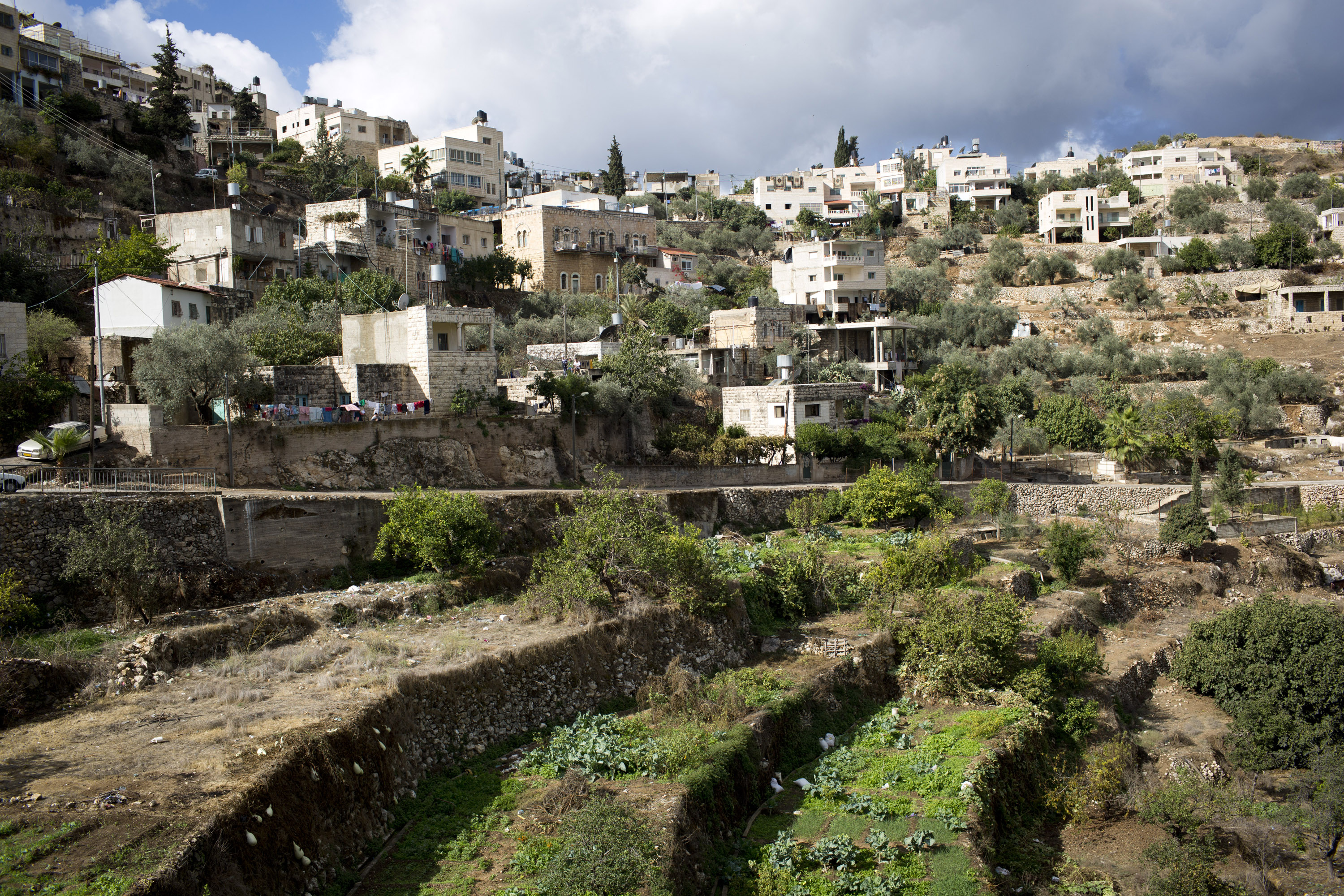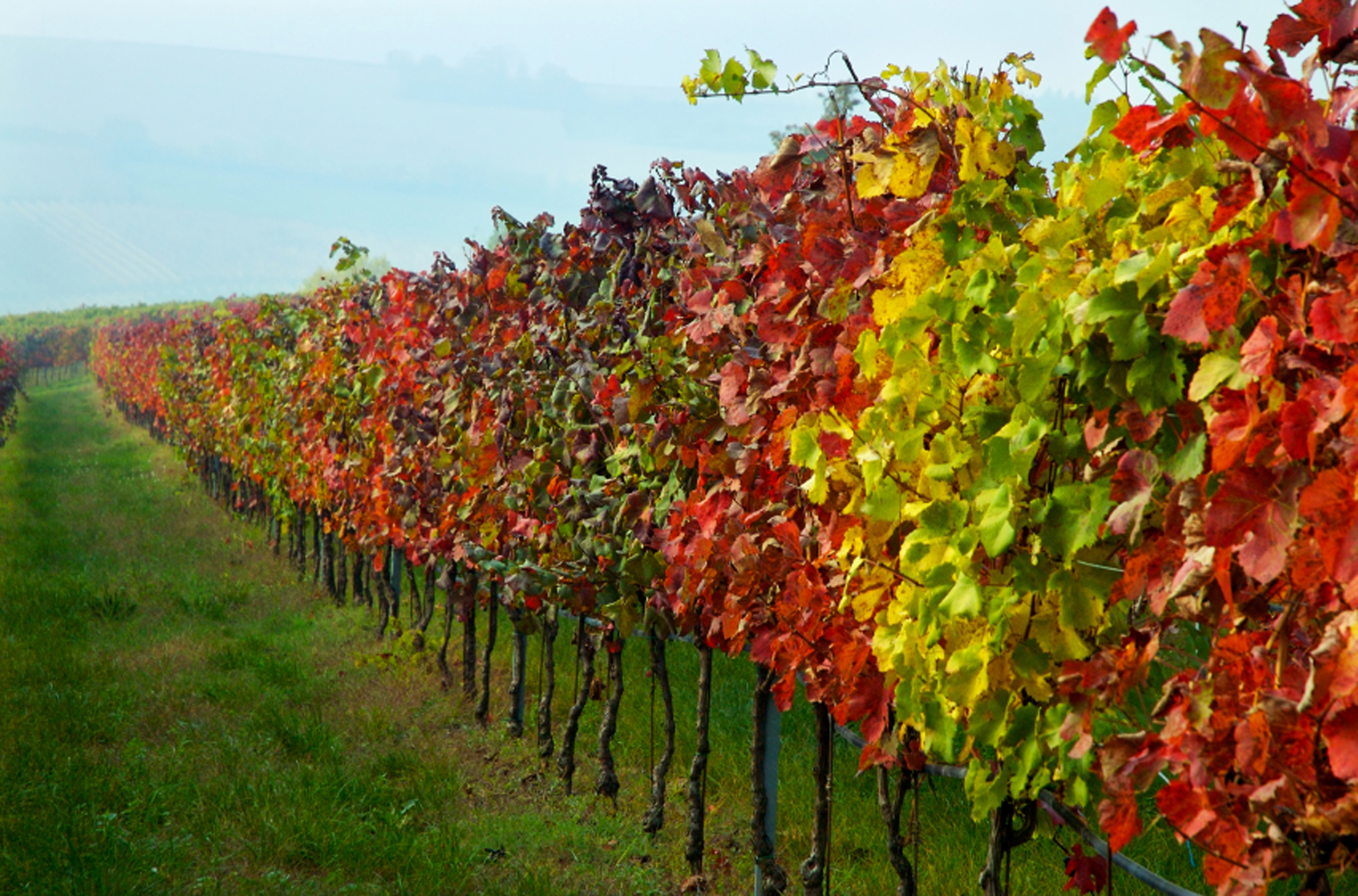1. Trang An Scenic Landscape Complex, Vietnam
Trang An Scenic Landscape Complex officially became the first UNESCO mixed heritage site in Vietnam when it met both outstanding cultural and natural factors.

2. Ancient village of Battir, Palestine
On June 20, UNESCO listed the ancient Battir rice terraces in the West Bank as a World Heritage Site in Danger. The area is threatened by Israel's plans to build a barrier.Battir is famous for its ancient rice terraces and irrigation system dating back to Roman times. The land is still used by villagers to grow rice and fruit trees. Experts say that building a fence here would cause irreparable damage to the irrigation system of the terraces.

3. Piedmont Vineyards, Italy
This scenic spot includes five separate wine-growing and wine-producing areas and an ancient castle.

4. Namhansanseong Fortress, South Korea
This is a wallon Namhan Mountain in Gwangju City, 8,000 km long and protects the capital Seoul. It is also recognized as a national monument by the Korean government.The Namhansanseong Fortress Wall has been recognized as a world cultural heritage by the United Nations Educational, Scientific and Cultural Organization (UNESCO). The decision was made at the 38th meeting of the UNESCO World Heritage Committee on June 22 in Doha, the capital of Qatar, according to the Korean National Cultural Heritage Administration.

5. Grotte Chauvet Cave, France
"The Grotte Chauvet cave preserves the earliest expression of Aurignacian artistic creativity and the oldest known paintings in the world," UNESCO said. The cave covers 8,500 square meters and contains more than 1,000 unique paintings, mainly of animals, dating back some 31,000 years. Since the cave is not open to the public, authorities are working on building a replica of the Grotte Chauvet cave nearby, which is expected to open in spring 2015.

6. The Andean road system through Argentina, Bolivia, Chile, Colombia, Ecuador and Peru
The Inca Empire's Andean Road System stretched over 30,000km from Argentina, Bolivia, Chile, Colombia, Ecuador and Peru. It was built over centuries to connect the 6,000m-high Andean peaks to the coast. The system was at its most extensive in the 15th century.

7. Westwork & Civitas Corvey, Germany
The Civitas Corvey Monastery and Gate System, founded between 822 and 885 AD, was one of the most influential monasteries of the Calolingian period. The important role of the monastery was to ensure territorial control, administration, as well as the propagation of Christianity and the political and cultural order of the Calolingian period.

8. Erbil Citadel, Iraq
The ancient citadel appeared 7,000 - 10,000 years ago. For a long time, this place was not known to many people. It was only when the UNESCO World Heritage Committee invested in a preliminary survey that the ancient citadel became truly famous and was known as a paradise for archaeologists and historians. Located in a rainy plain, near the confluence of two rivers and at the foot of the Zagro Mountains, this terrain has helped Erbil Citadel become the residence of one of the oldest villages in the world. Groups of hunter-gatherers settled here in 9300 BC.



































